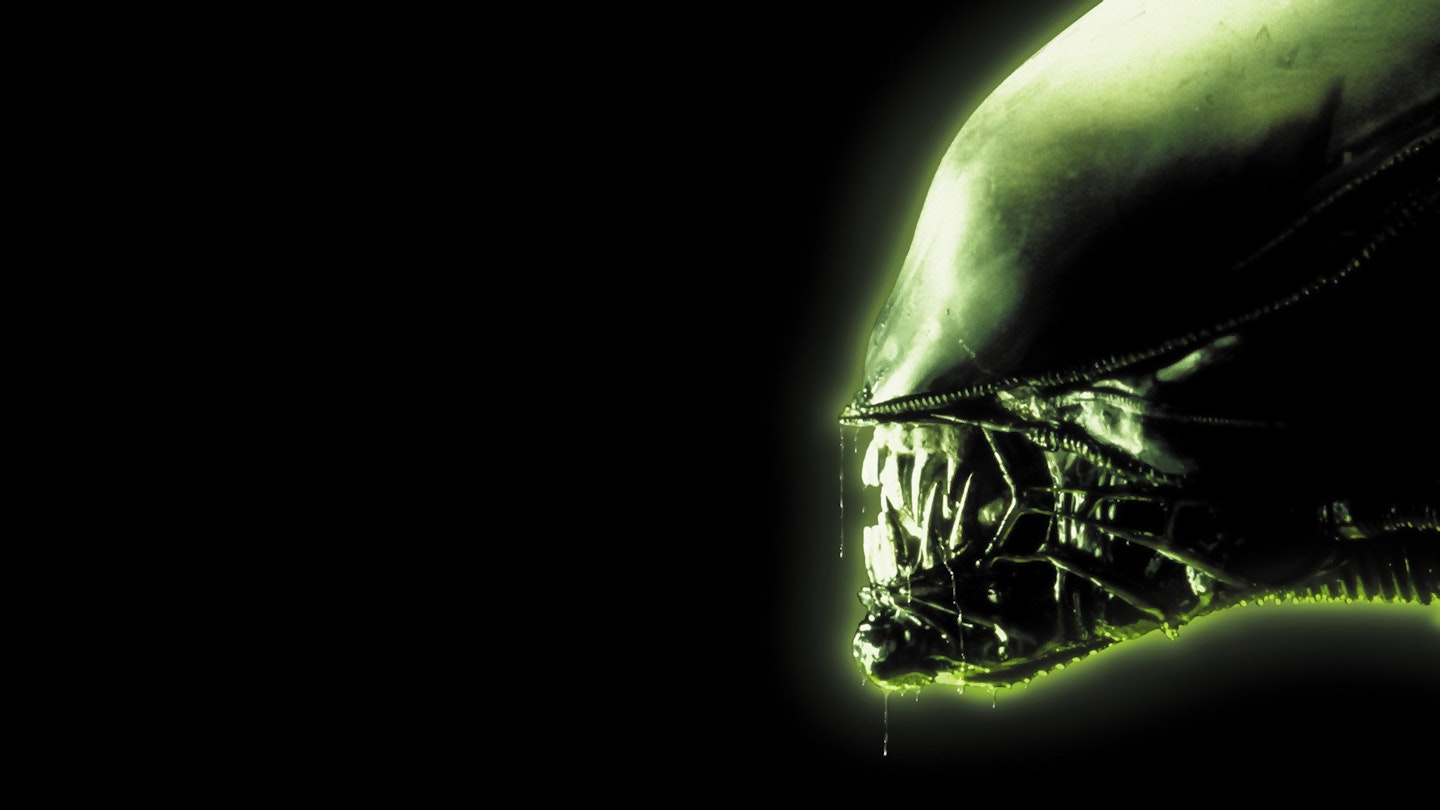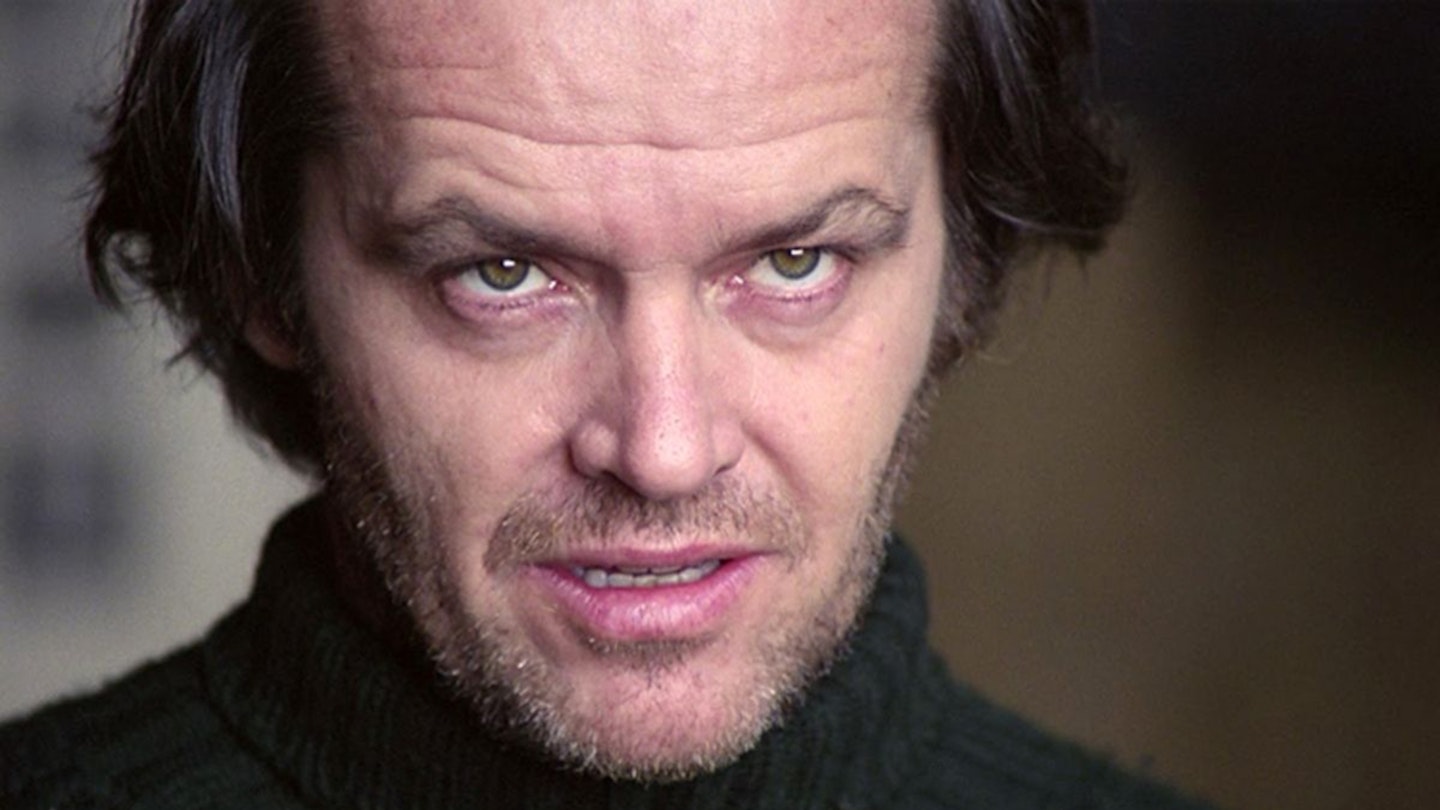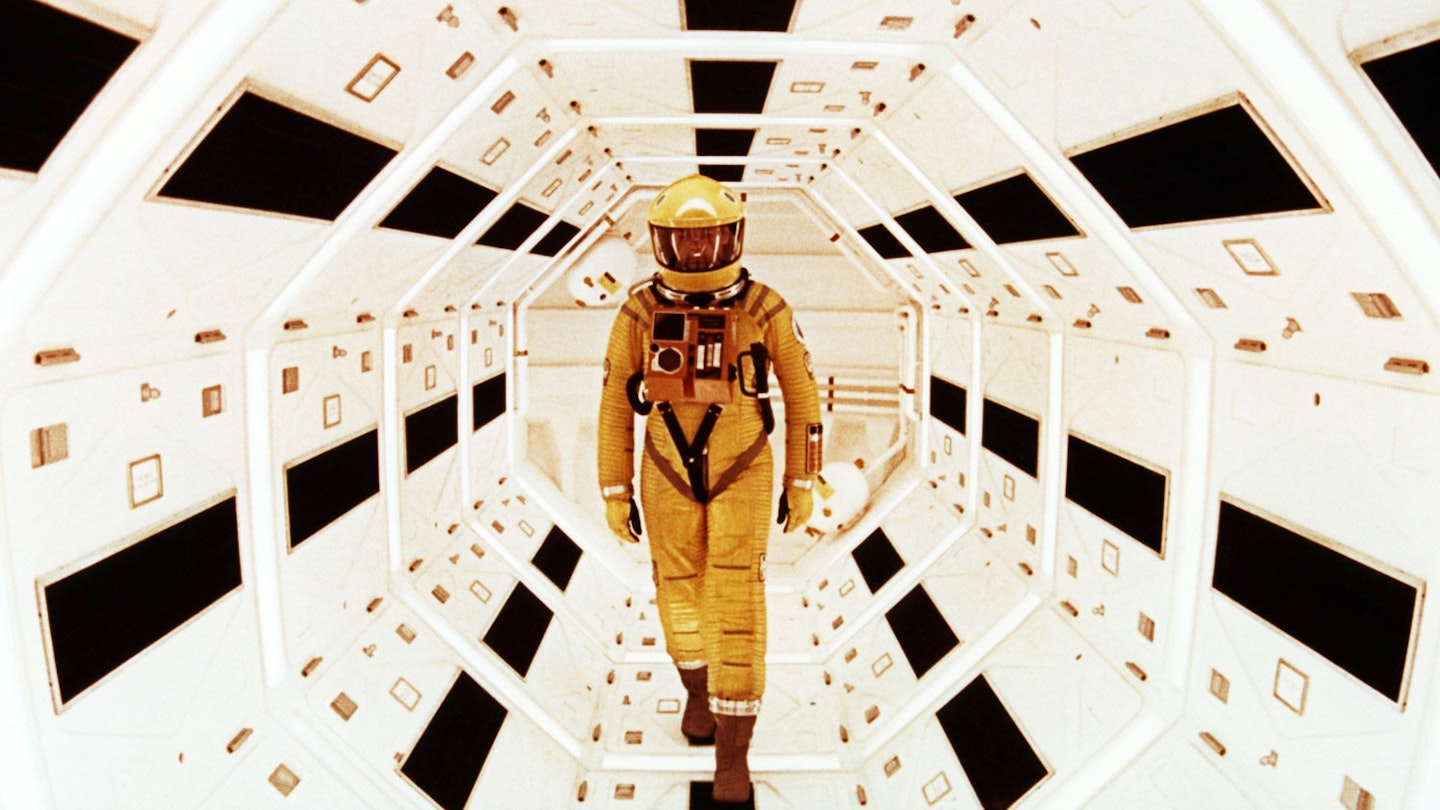Let's face it, most sci-fi movie posters are rubbish, melodramatic montage paintings designed to give you a quick visual precis of the film. (Would you like the Star Wars poster if it wasn't Star Wars?) Alien, however, was different. Even today its poster stands as a model for high-class movie artwork: the black background, the single nobbly egg with a v-shaped crack forming, the spaced-out letters of the title, and a tagline that must have earned the marketing team the rest of the day off: "In space no-one can hear you scream." It is perhaps a little too convenient to say that Alien's seismic effect on the genre was prefigured by its stark, minimalist poster, but the sheer come-and-get-it confidence gave a clue that something was about to explode.
The people who developed Alien did so in the shadow of Star Wars and Close Encounters, the films which had proved that, post-Vietnam, cinema audiences had a new appetite for cosmic escapism. But where these were feelgood family films, Alien marked a return to the malevolent flying-saucer flicks of the 50s — with a dash of John Carpenter's Halloween thrown in. Writer Dan O'Bannon and co-storyman Ron Shusett intended Alien to be a low-budget affair, like Halloween — in fact, like Dark Star, O'Bannon's previous film. Over three months, a modest script emerged from a half-finished O'Bannon story about a distress signal in space called Memory. It was retitled Star Beast and finally Alien. When a draft was handed to artist Ron Cobb for preliminary sketchwork, he described it thus: "A small, modest little ship with a small crew land on a small planet. They go down a small pyramid and shake up a medium-sized creature. That's about it." And that was about it, except with "small, modest, little" replaced by "fucking huge": the ship, commercial towing vehicle Nostromo, ended up being 800 feet long, and the "small pyramid" became a derelict spacecraft as big as a skyscraper. However, the crew stayed small (seven, plus cat), the alien stayed medium-sized (no bigger than the man who played him, supple Masai tribesman Bolaji Badejo) and the story stayed simple: ship lands on planet in response to an SOS that turns out to be a warning; alien infects one of the crew; alien kills the rest of the crew one by one. It's Ten Little Indians in space. So why is it so ground-breaking? What's so special about it? Easy. The look. Like the space tug itself, all fantasy films carry in their wake a warehouseful of weird and wonderful production paintings. Sci-fi fans eat them up. Alien is no different; a book of sketches was published to coincide with the film, and the journey it describes from doodle to storyboard to screen is compelling, taking in spacesuit drawings by French comic book legend Moebius, Nostromo interiors by Cobb, and airbrushed alien designs by H.R. Giger. It was Giger who cracked Alien, not just with the creature itself (rarely seen in full anyway), but with the organic innards of the derelict ship and its ghostly egg chamber. It's no surprise to learn that Giger works surrounded by animal skeletons. To describe Alien as a triumph chiefly in terms of its look is not to underplay its dramatic strengths, it's just that ordinary filmgoers tend to nod off if you pay tribute to designers (art directors Roger Christian and Les Dilley, production designer Michael Seymour, FX team Brian Johnson, Nick Allder, Carlo Rambali... wake up!) and thus it's easier to praise Ridley Scott's command of the corridors, or the offbeat cast for giving the crew crumpled life. But it is Alien's unique, tactile world that made it so amenable to sequels: there is little crossover in personnel from one Alien film to the next, yet it seems to have a life all of its own.
Alien set a new blueprint for sci-fi horror: the claustrophobia, the crew class system, and the inevitable scene where someone goes after a cat. Some favour James Cameron's gung-ho sequel, but in duplicating the alien for shoot-'em-up potential, it serves only to highlights the reserve and purity of the original. There are thrills of the highest order — Dallas (Skerritt) in the air shaft while a blip on the tracker closes in; and, of course, the famous chest-burst — but the beauty of Alien remains... its beauty.








